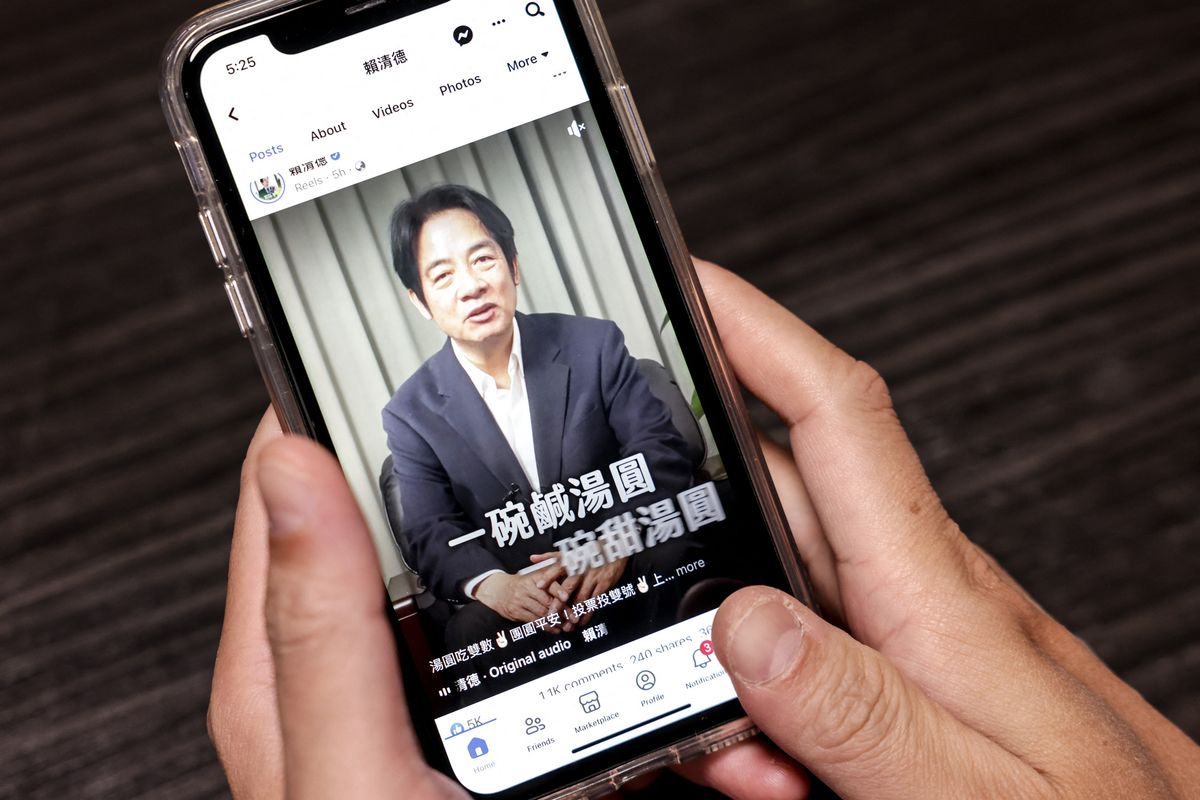Compared to China, ISIS amounts to a nasty swarm of gnats. Compared to China, Russia comes across as a cranky old man (with a shotgun). However, neither ISIS, nor Putin’s Russia, nor any other world power can rival or possibly displace the U.S. as the major power in the world: only China can. It’s time to take a clear-eyed look at China and how we deal with China’s rise.
There are six basic truths:
1. China is Chinese. Obvious, but it follows that first and foremost, Chinese leaders have to uphold what they see as the integrity of China. Any Chinese leader who relinquishes a claim to Chinese territory, including Taiwan, will be tossed aside.
To avoid this turmoil, we and they have cooperated in a fiction since 1972, when we declared that “all Chinese on either side of the Taiwan Strait maintain there is but one China, and that Taiwan is a part of China. The United States Government does not challenge that position.” Whatever the veracity of this statement, then and now, both the mainland and Taiwan have prospered beyond expectations, peace has prevailed, and the United States has continued as the balancing power there and in the rest of Asia. In any case, one China is the foundation of the current situation. You can’t renegotiate the land deal on a building that has been operating successfully for 44 years.
2. China is communist. Economic change shouldn’t blind us to the fact that the Communist party is in charge and intends to remain so. To keep power, they need to monopolize power, defend China, and provide economic growth. So whether they crack down on incipient opposition, clean up the party, defend coastlines, threaten Taiwan, seek ways around U.S. maritime chokepoints, open new markets for Chinese goods and capital, or pump up economic growth, they do it to keep the Communist Party in power. Understand their goals and you can deal with them, but don’t see them as just a commercial competitor.
3. China’s development relies on exports within global value chains. Trade statistics exaggerate their role. China makes $10-$20 off an iPad, for example; the rest goes to the owner of the value chain and the makers of high-tech parts. Chinese leaders hope to move up the value chain and indeed have shown some success. Their exports included 60 percent imported content ten years ago and only 30 percent now (for the U.S. the figure is 15 percent), but they don’t create the brands and sell the products.
Import tariffs and subsequent tariff wars would throw hurdles into value-chains that add to price and introduce multiple inefficiencies for the creators, for the owners, for the workers, for intermediate producers, and ultimately for consumers. As the organizers of the value chains, we don’t want this.
4. In any case, China’s manufacturing model is running out. China’s leaders are desperately looking for a new model based on domestic consumption but are slowed by vested interests. Robots are replacing workers here and in China. Automated manufacturing will take the center part —the putting things together part— out of the production process. Jobs will migrate into design and into sales, including the customization of products that automated manufacturing allows— think personalized shoes or custom kitchen cabinets. If we are to continue to organize and dominate the value chains, our companies must set up shop near customers in China and elsewhere. Our businesses will get into those markets with modern trade agreements like the Trans-Pacific Partnership, not by blocking companies from going abroad or blocking exports of U.S. ideas.
5. China has gone from large –in territory and people—to a big player in imports, exports, investments, finance, fishing, scientific research, military power —in just about every field. Our financial crisis thrust them prematurely into a global role in the G20. They rose to the occasion, and now they look for a chance to shine and to host, not to slash and burn. If we want them to participate, we need to show how they can contribute, not push them out to set up their own systems, like the Asian Infrastructure Investment Bank (which in any case does co-financing with banks based on U.S. standards).
6. China is Asian. China is the top trading partner for ASEAN and one of the top five for each individual country in Southeast Asia. If we turn the contest into “us or them,” many of our friends will go with the big guy next door. Look at how the Philippines and Malaysia are trying out new relationships with China at the expense of the United States. Other countries, especially the Southeast Asians and Central Asians, will figure out how to get along and get the best from both of us. That’s in our interest because it builds their independence: don’t fight it.
In 1947, George Kennan said containment rested on our maintaining “a spiritual vitality capable of holding its own” among nations. That still applies. If we advance at the frontier of technology, design, global institutions, trading rules, and power, we will set standards, and China will fit itself in. If we abandon our leadership or close ourselves off, China will pass us by. Global power begins at home.












